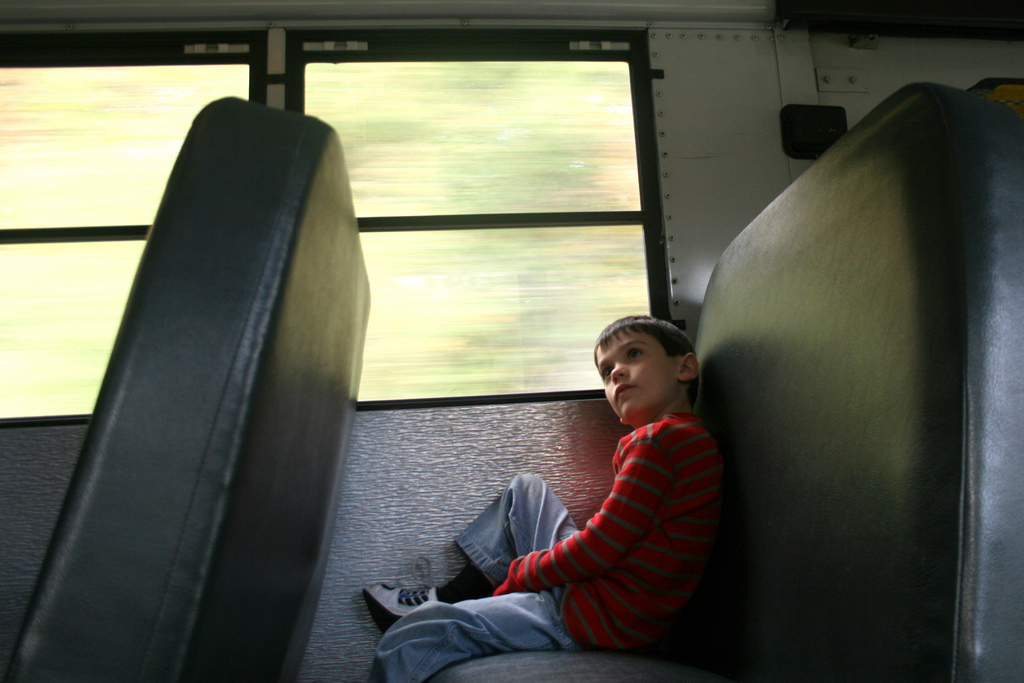More than half of the unaccompanied Central American children who are in U.S. custody after crossing the U.S. border could be found eligible for relief by a U.S. immigration judge, according to an assessment by Refugee and Immigrant Center for Education and Legal Services (RAICES). This assessment is particularly timely, as several members of Congress have proposed legislative changes that would effectively speed up deportations of the Central American children by changing reducing the opportunities for screening and immigration court review.
RAICES has provided “Know Your Rights” presentations and legal screenings for the roughly 1,200 unaccompanied children who are in custody of Health and Human Services officials at Lackland Air Force Base. Jonathan Ryan, RAICES’ executive director, writes in letters to President Obama and congressional leaders that in their review of 925 immigrants children’s intake screenings, 63 percent could qualify for forms of relief like asylum, “U visas” for victims of serious crimes, and “T” visas for trafficking victims.
As Ryan explains, the initial screening of unaccompanied children is essential. He said RAICES spends 45 minutes to one hour individually meeting with the children after a presentation about their legal rights, and they often have to do follow-up interviews. “It is often the only opportunity these children will have to articulate their claims, talk with an attorney, and to access the protections that our laws provide,” Ryan writes. “Without this screening, the 63 percent of children who likely qualify for relief might never have been identified.”
Border Patrol agents are the first people children often see after they are apprehended for crossing the border, but many are hesitant to report abuse or tell their full stories in the initial screening by border officials, according to The New York Times. Andrea, a Honduran who was living in Mexico when she twice tried to cross the border, told the Times that she did not tell uniformed agents about having been forced into prostitution by her relatives with ties to cartels. “I was just trying to protect myself, and I was not saying anything to no one,” she said. Twice she agreed to leave voluntarily and was returned to Mexico.
And Kevyn Merida, who fled Guatemala in 2009 after Mexican drug traffickers tried to recruit him to be a courier, said he did not tell the Border Patrol officer who caught him about his history:
“You can’t talk to them,” [Merida] said last week. “They are just trying to throw you back again.”
But after a week in a health department detention shelter in Harlingen, he said, he watched a presentation about his legal rights and later met a lawyer from Mr. Ryan’s organization. “I felt comfortable talking to them,” he said. “I changed my mind and decided to tell the truth.”
Because of the vulnerability of the unaccompanied children, Ryan of RAICES urged lawmakers to resist any measures that would truncate the screening and adjudications for the children and asked them to “ensure that every child receives adequate due process and the required humanitarian protection.”
Photo by woodleywonderworks.
FILED UNDER: Children, F.L.B. v. Lynch, featured, Refugee and Immigrant Center for Education and Legal Services, unaccompanied children



